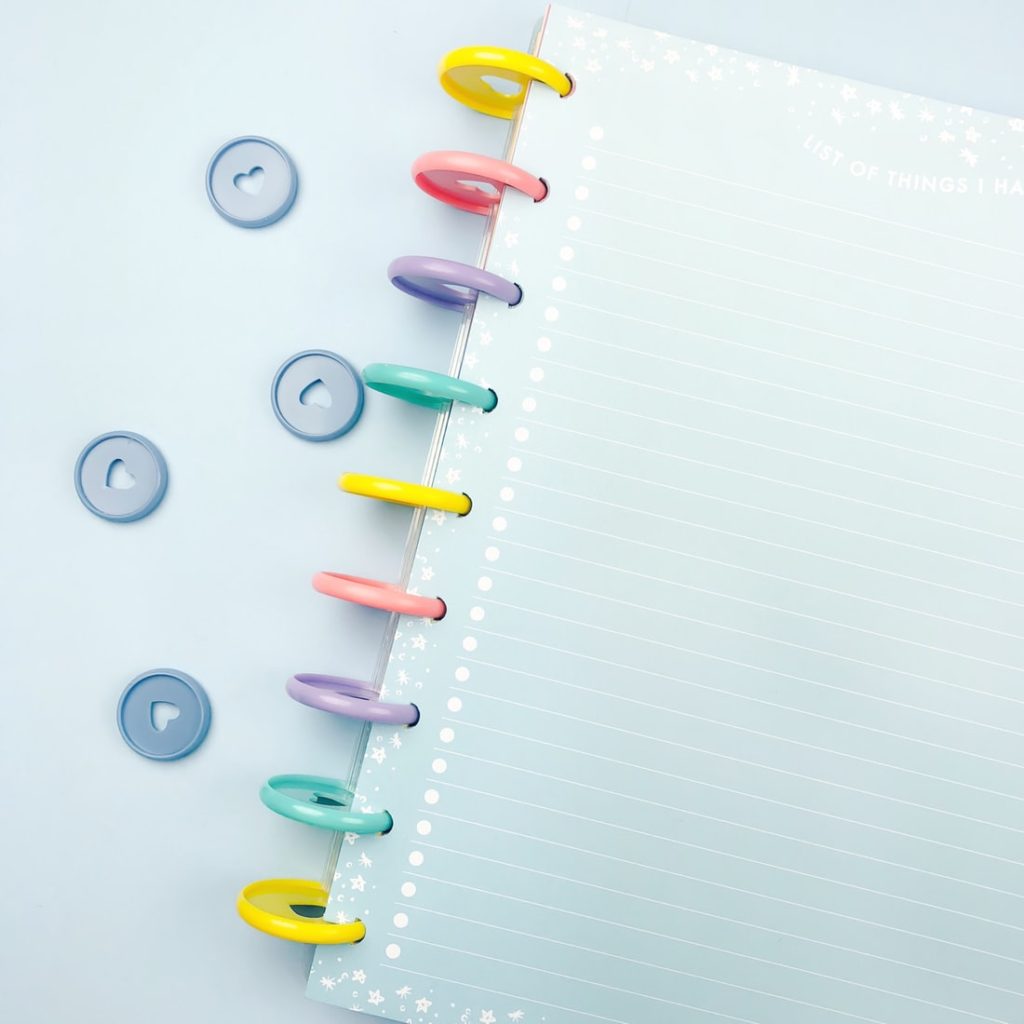A speech outline is exactly what it sounds like. There is nothing complex about it, which is probably the reason why most people tend to skip this part of the speech writing process when it comes to public speaking.
Besides the general introduction-body-conclusion, what else is really there to this? Well, when you go slightly deeper into it, I look at speech outlines as more of a checkbox to ensure I’ve covered everything in my speech and that it is flowing properly.
Here are two basic speech outlines that can get you started and can be applied to a wide array of speeches:
The General Speech Outline
This is something we were taught since we were kids back in essay writing. Every speech should have an opening, body and conclusion. Let’s break that down a little further:
The Opening – While it’s important to have a strong opening, your opening should seamlessly tie into your premise which is basically the core and the main reason for your speech.
Related article: How to NOT Start a Speech (And What You Can Do Instead)
The Body – The body, while being the larger chunk of your speech, shouldn’t be just that – a large chunk. Break the body up! Split your ideas within the core message of your speech and transition smoothly through each idea so your audience can digest what you’re trying to communicate.
The Conclusion – Here is where many new speakers fall short. While you must focus on having a bang ending, tell the audience what you want them to do! Give them a clear indication or a ‘call-to-action’. For example, if you’re giving a motivational speech to pump up your team or employees, after you’re done speaking, end with one, two or even three tangible actions that they can take to reach the goals you have stated. That makes it clear to the audience of what they can do to get to what you have just spoken about.
Related article: 5 Ways to End Your Speech With Maximum Impact!
PREP
According to Brian Tracy, this technique is used by numerous professional speakers – and for good reason. It’s simple, yet gives us a good idea of what a wholesome speech should include.
This is what it stands for and what each abbreviation means:
P – Point of view
Start your speech with what your view is – what are you going to be talking about? For example, “Sadly, in the next 18 minutes when I do our chat, four Americans that are alive will be dead from the food that they eat.”
This is from Jamie Oliver’s TED talk Teach every child about food.
Right from the beginning the speaker has set his point of view and the audience knows what the talk will be about – it’s going to be a hard-hitting talk which talks about the truth of the American diet and how it affects children.
R – Reason
Give a reason for your point of view. Why are you talking about what you are talking about? State your reason for holding this point of view or idea.
For example, building on Jamie Oliver’s talk, he goes on to say “I profoundly believe that the power of food has a primal place in our homes that binds us to the best bits of life.” He then goes on to talk about why the food landscape of America is down and how it’s affecting the children.
It’s a beautifully structured speech and I must recommend that you watch it!
E – Example
Now it’s time to support your talk with something that actually happened or an analogy that the audience can relate to so they can digest and more easily consume what you are talking about.
Jamie Oliver went on to give examples of countries that are suffering from bad health due to the food they eat along with real-life examples of children who are going to live much shorter lives due to the food they eat. He said, “I want to show you a picture of my friend, Britney. She’s 16 years old. She’s got 6 years to live because of the food that she’s eaten.”
P – Point of view
This is all about the circle effect which I will talk about in more detail later. But stating the same point of view that you did in the beginning is a powerful way to emphasize your point or idea further.
Oliver ended his talk with a wish which stated, “I wish for everyone to help create a strong, sustainable movement to educate every child about food, inspire families to cook again and empower people everywhere to fight obesity.”
See how he re-stated what he first spoke about – the talk is still about food, diet and children and how this statement is used to further emphasize his idea.
Speech Outline Template

Here is a basic speech template for you to get started. I was initially against putting one up as I believe each speech is unique and requires its own outline. But I was told that a basic structure is something that will help anyone write even the most basic (or advanced) speeches. So here goes:
Title
Have a speech title which intrigues your audience from the get-go. Something that is uncommon but yet ties back in with your main message. Some great speech titles from TED are:
- Looks aren’t everything. Believe me, I’m a model. (Cameron Russell)
- Strange answers to the psychopath test (Jon Ronson)
- 10 things you didn’t know about orgasm (Mary Roach)
Each of these speeches have killer titles. Someone who hears the title is naturally drawn to the speech and wants to know more!
Introduction
a) Gripping opening statement
b) The problem at hand (preview)
The introduction of a speech contains the opening statements of a speech. This is important. A strong opening sets the tone for the remainder of your speech. So make sure to spend enough time on this.
The introduction is kind of like a preview for your speech where you introduce what the problem at hand is and typically should take about 15-20% of your delivery time.
Related article: 15 Powerful Speech Opening Lines (And How to Create Your Own)
Transition from the introduction to the body of your speech.
Related article: Effective Speech Transitions: How to Make Your Speech Flow
Body
Now it’s time to jump into the center of your speech – what is your main message? Use 70% of your speech (the body) to convey these points.
a) Main story (or stories)
b) Supporting statements to your story
c) Statistics from credible sources to add more weight to your points
d) Cue in of visual aids
This is a small checklist for your speeches body in no particular order. You don’t necessarily need to aid visual aids or stats unless they are aiding your speech in any manner.
You may have citations to lend credibility or quotes to draw in your audience as well.
You might have different methods or outlines to structure your speech body such as the following:
- 3 anecdotes
- Problem-Solution
- Bed time story
- Demonstration
You can read more about it here:
The Ultimate Guide to Structuring a Speech
Transition from the body to the conclusion of your speech.
Conclusion
a) Summing up your main message
b) A call-to-action (CTA) for your audience
Typically this aspect of the speech will comprise 10% of your delivery time.
The ending is what is most likely to be remembered by your audience, so ensure that it is bang-on!
A speech outline does not take much time to create but it is highly effective to ensure you don’t miss out on any parts of your speech which make a speech complete.
